7 outdated rules to ignore when designing a small patio – experts say ditching them will transform your space
These are the traditional patio design rules you don’t always need to follow

When it comes to working with a small space in your home or garden, you'll usually hear a list of dos and don'ts you should be following.
There's no shortage of small patio and garden ideas to help you make the most of a compact area. Here's a list of rules to make your small outdoor space feel bigger.
But as you know, not all rules are set in stone. That's why we've consulted the industry pros who've shared a list of outdated rules to ignore when designing a small patio – leaving you free to get cracking with that patio idea for summer!
1. Stick to small furniture
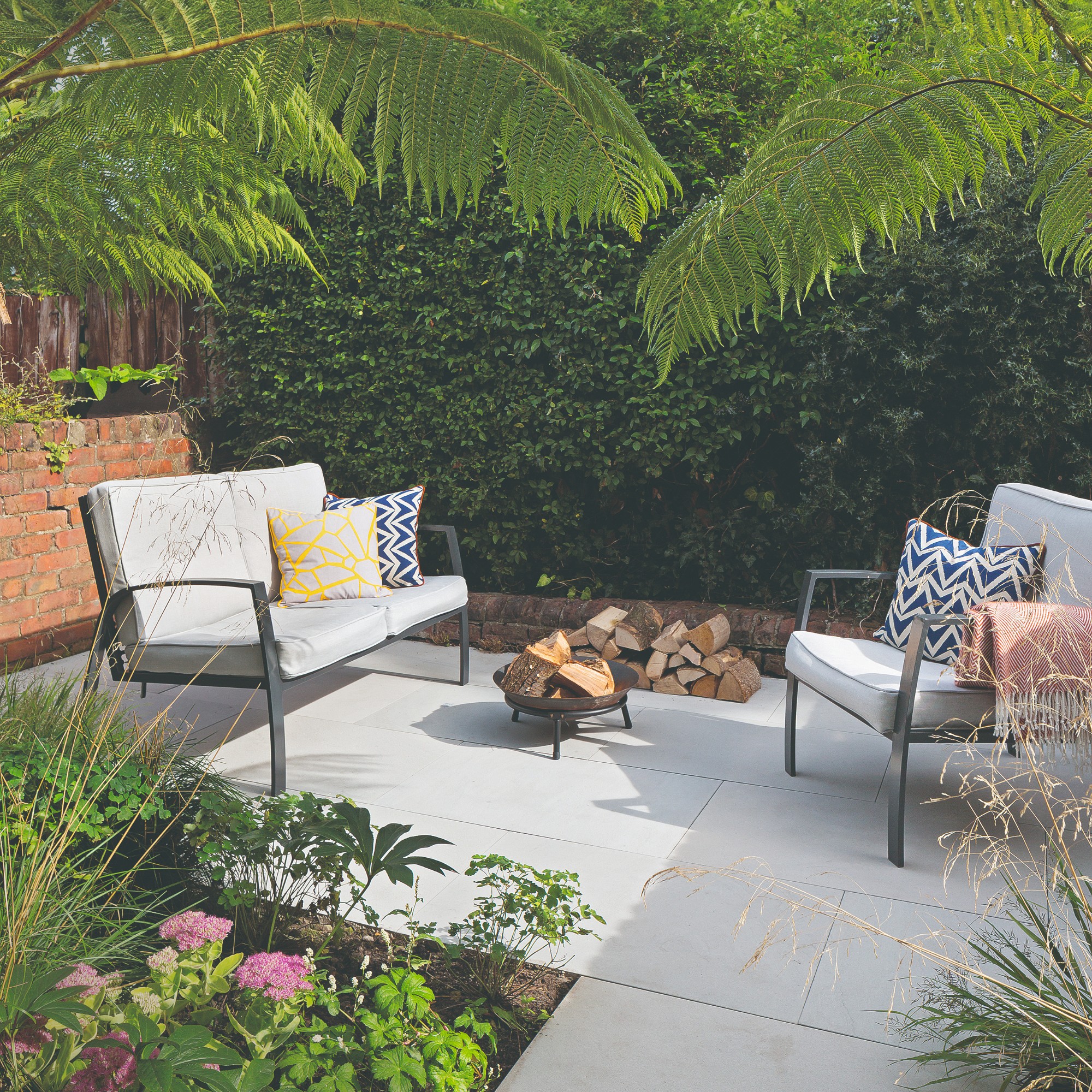
Probably the most common of the outdated rules to ignore when designing a small patio is that you need to stick to small patio furniture.
Patio expert Mark Irving from Build & Plumb says you shouldn't shy away from incorporating larger or more spacious options when choosing patio furniture pieces.
'Larger furniture may use more floor space, but it will be far more comfortable than smaller furniture, so it’s much better for creating a space fit for relaxing and socialising.'
'In addition, often using fewer, larger furniture pieces can actually create the illusion of more space by creating a cohesive and less cluttered appearance,' adds Mark.
A decent-sized bench or L-shaped sofa can actually open up the space and make it feel more inviting, recommends Lee Trethewey from Sustainable Furniture.
'It’s all about using your space wisely and not over-crowding it, it's definitely not about simply shrinking everything down so that it fits,' he says.

With over 20 years of experience in the building sector, Mark led Build & Plumb’s expansion into online marketplaces. Mark has a wealth of knowledge surrounding building and renovating that he enjoys sharing with others who are looking to complete their own building projects.
2. Avoid dark colours

Another rule debunked by the industry experts is that you should stick to light colours when working with a small patio space.
'Lighter shades for flooring and furniture can make a space feel more expansive – but darker-toned wood and metal furniture can create more intimacy and give a more sophisticated look,' advises Danielle Le Vaillant, head of photography & film at Cox & Cox.
Not only that, did you know choosing dark colours can actually help you save time when it comes to cleaning your patio?
'Using dark colours can mask dirt and debris that gathers on the surface of the patio, to improve its day to day appearance and reduce the need for regular cleaning,' says Mark.
That's us sold!

Danielle is the creative mind behind the well-known clean visual style that is Cox & Cox and makes sure that every single shot strikes a coherent balance of aspiration and commerciality. Danielle has spent her life immersed in the interiors industry.
3. Everything needs to match
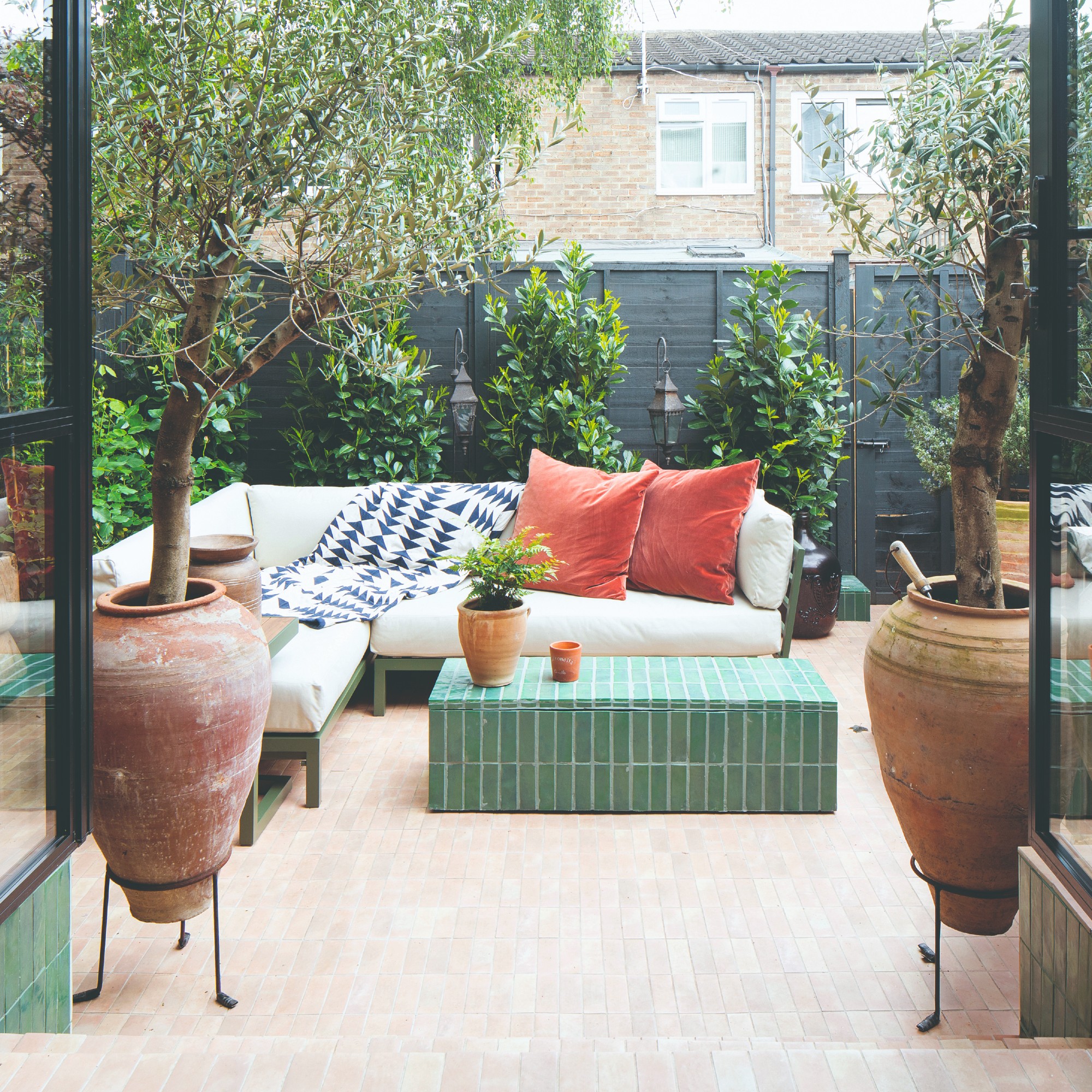
'Your garden sets should match' is another of those outdated rules to ignore when designing a small patio.
'A bit of mix and match can give your patio some real charm,' says Lee. 'Don't be afraid to combine older furniture with newer pieces, mix up styles, and even combine a variety of different colours and materials.'
'Sometimes, matching sets can make a space feel lifeless, especially smaller spaces – it can make it feel quite flat. It's also a great idea to think about upcycling old pieces into something new for your patio,' Lee adds.
Mark, Build & Plumb, concurs: 'Incorporating mismatched furniture pieces and decor can completely transform your patio by creating an eclectic space with a sense of individuality.'
4. Keep the design and accessories minimal
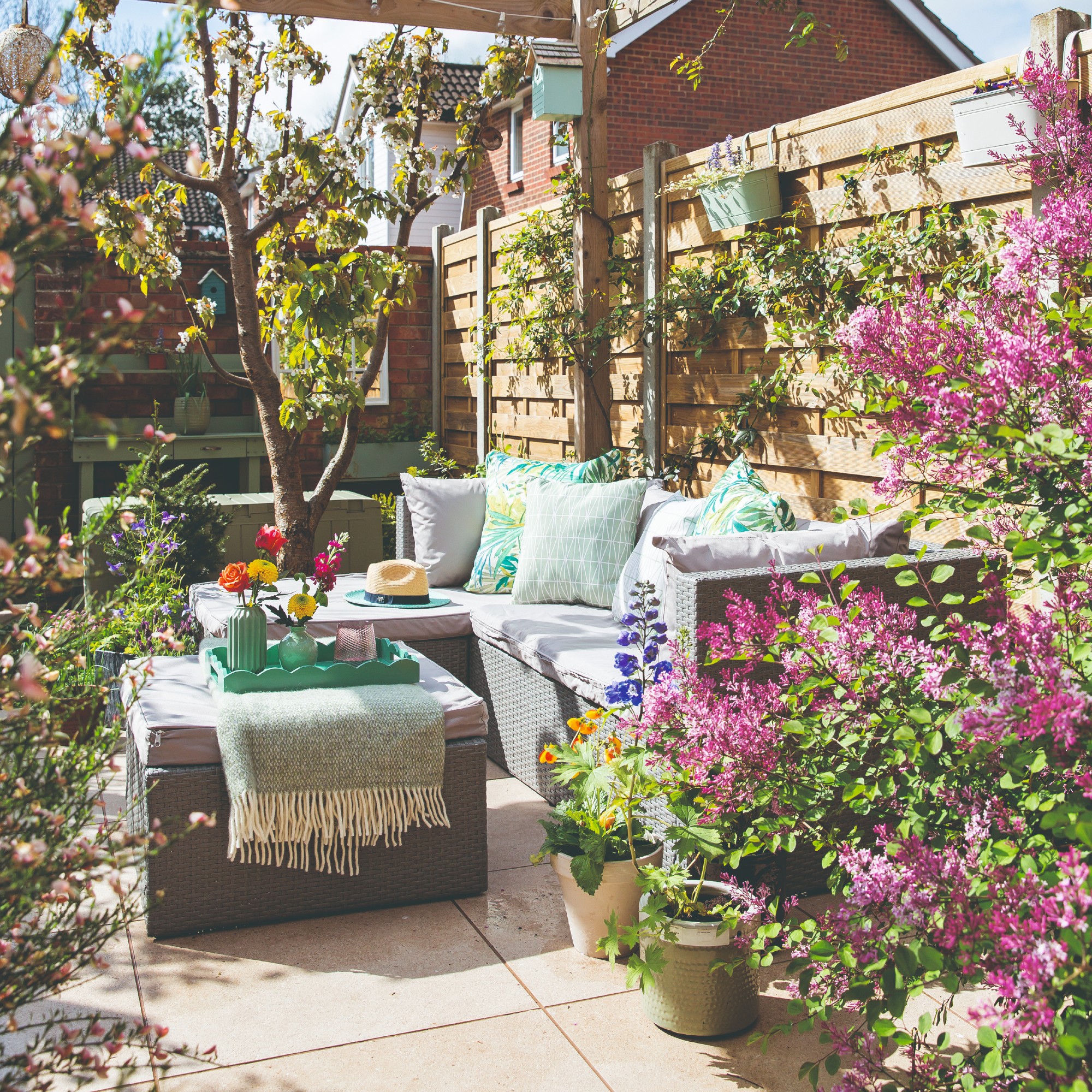
Firmly on the list of outdated rules to ignore when designing a small patio is to keep everything minimalistic. Less isn't always more, and the experts agree that you can rewrite this rule and go for it with the garden accessories.
'It can actually be incredibly chic to install oversized pieces in a smaller space. Decorative accessories like orbs and spheres really make their mark in a smaller space,' says Danielle.
'I recommend choosing a few accessories in order to make your space homely and yours. For example, some lanterns, outdoor LED string lights, small sculptures, or even outdoor rugs,' Lee, Sustainable Furniture, adds.

Lee Trethewey is the general manager at Sustainable Furniture. Having worked in the industry for 10+ years, Lee is an expert in all things interior and garden design, as well as well-versed in eco-friendly practices and sustainable sourcing.
5. Only use one material
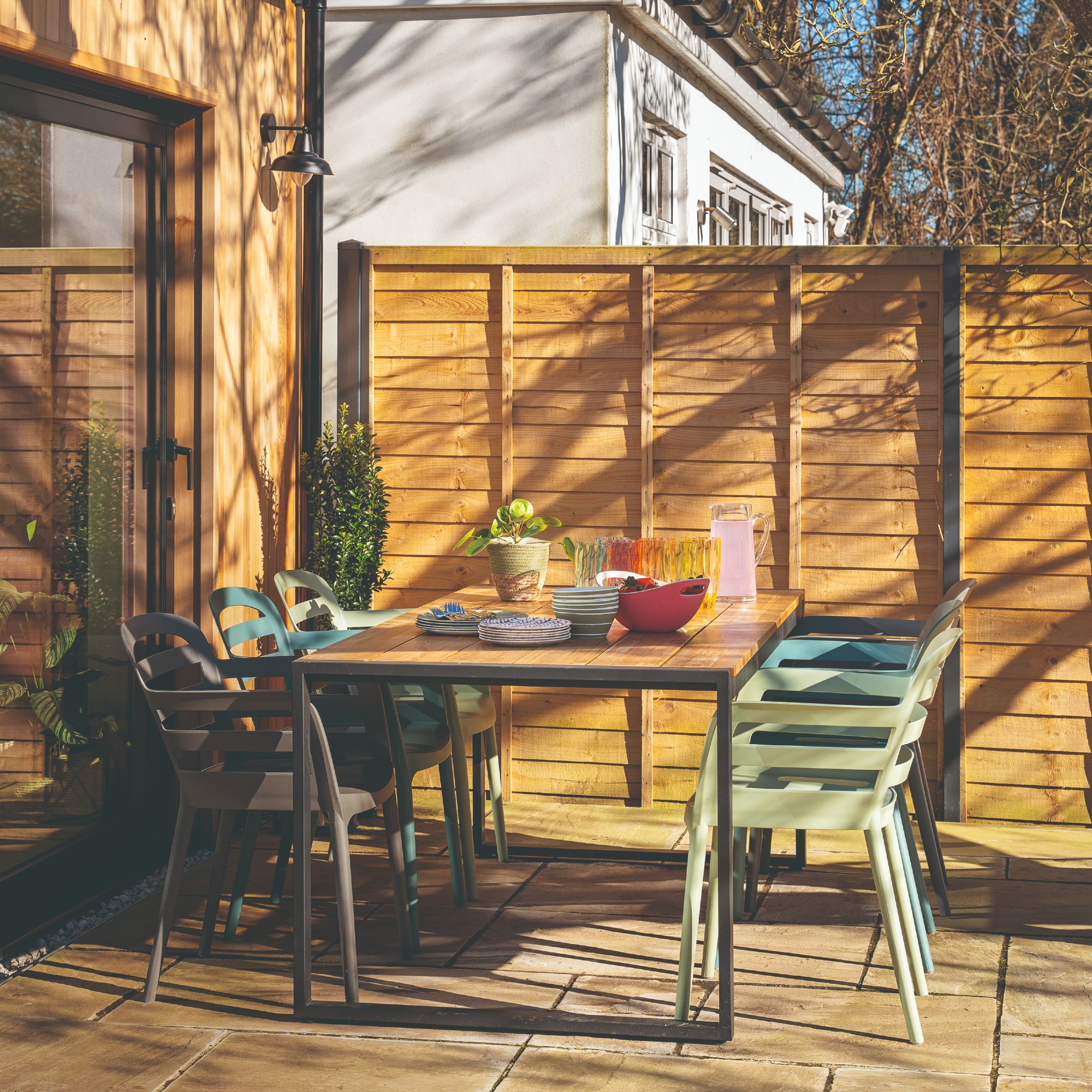
'Many people think that they have to stick to one material when trying to make their patio appear larger,' says Ben Bryden, sales and marketing director, RAK Ceramics UK.
'However, mixing materials can add more depth and visual interest while also helping to make the space feel much bigger. Combining large porcelain tiles with gravel inserts can break up the area and will actually help it look larger,' Ben advises.

Ben Bryden has worked in the ceramics industry for over 25 years. RAK Ceramics has the capacity to produce up to 118 million square metres of tiles per year.
6. Stay away from vertical designs
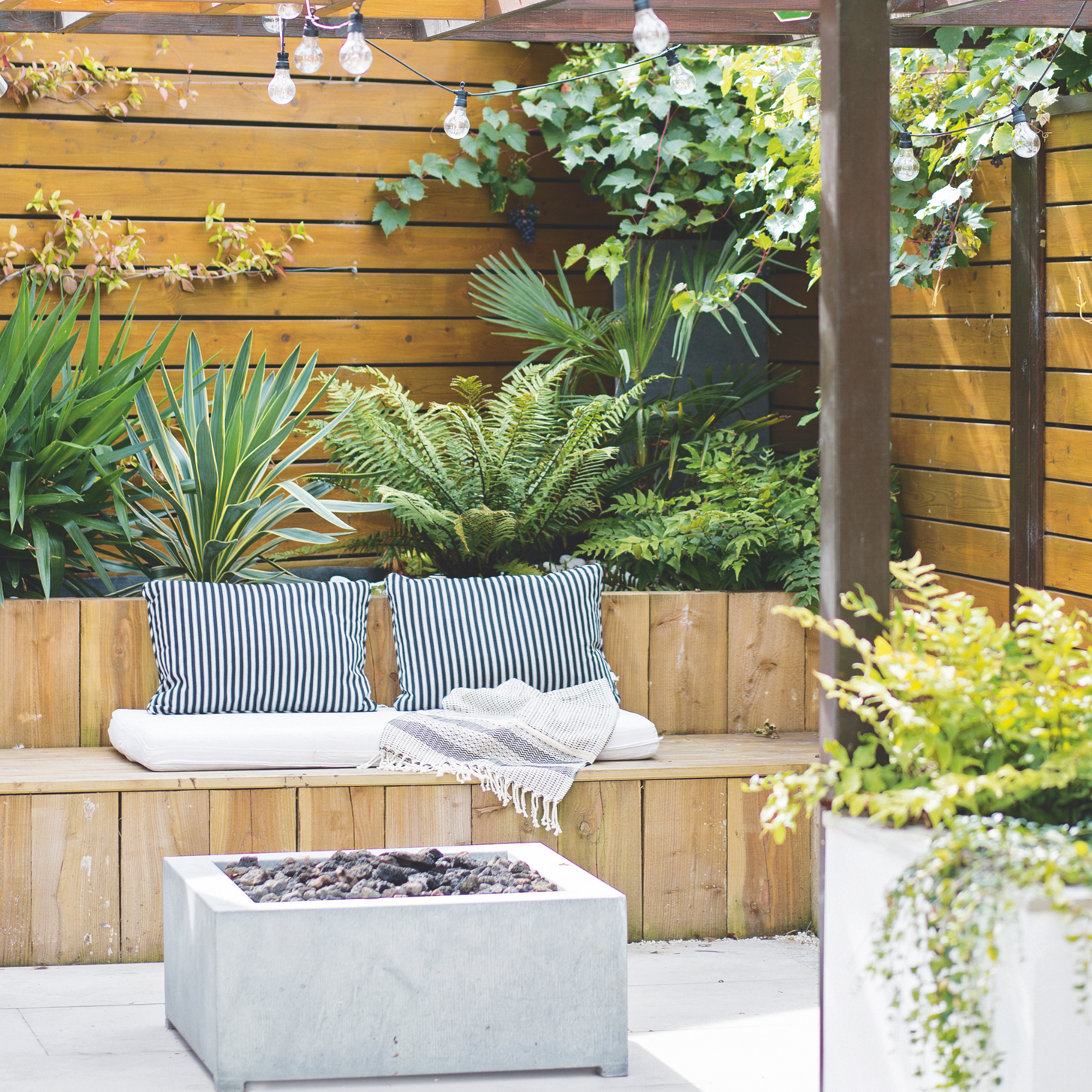
Avoiding the use of vertical space – such as privacy walls and trellises – is often recommended to keep the space in a small patio area more open.
Danielle from Cox & Cox disputes this dated rule: 'Take advantage of the blank canvas surrounding walls offer to add a focal point such as an outdoor mirror or wall clock to draw the gaze upwards and give the illusion of more space.'
'Making use of vertical space can create a more cosy and inviting atmosphere to your patio,' adds Mark. 'Not only that, but using wall trellis, hanging baskets and mounted plant pots, is a great way to incorporate greenery and plants into your patio without taking up unnecessary floor space.'
7. Your patio is for summer only
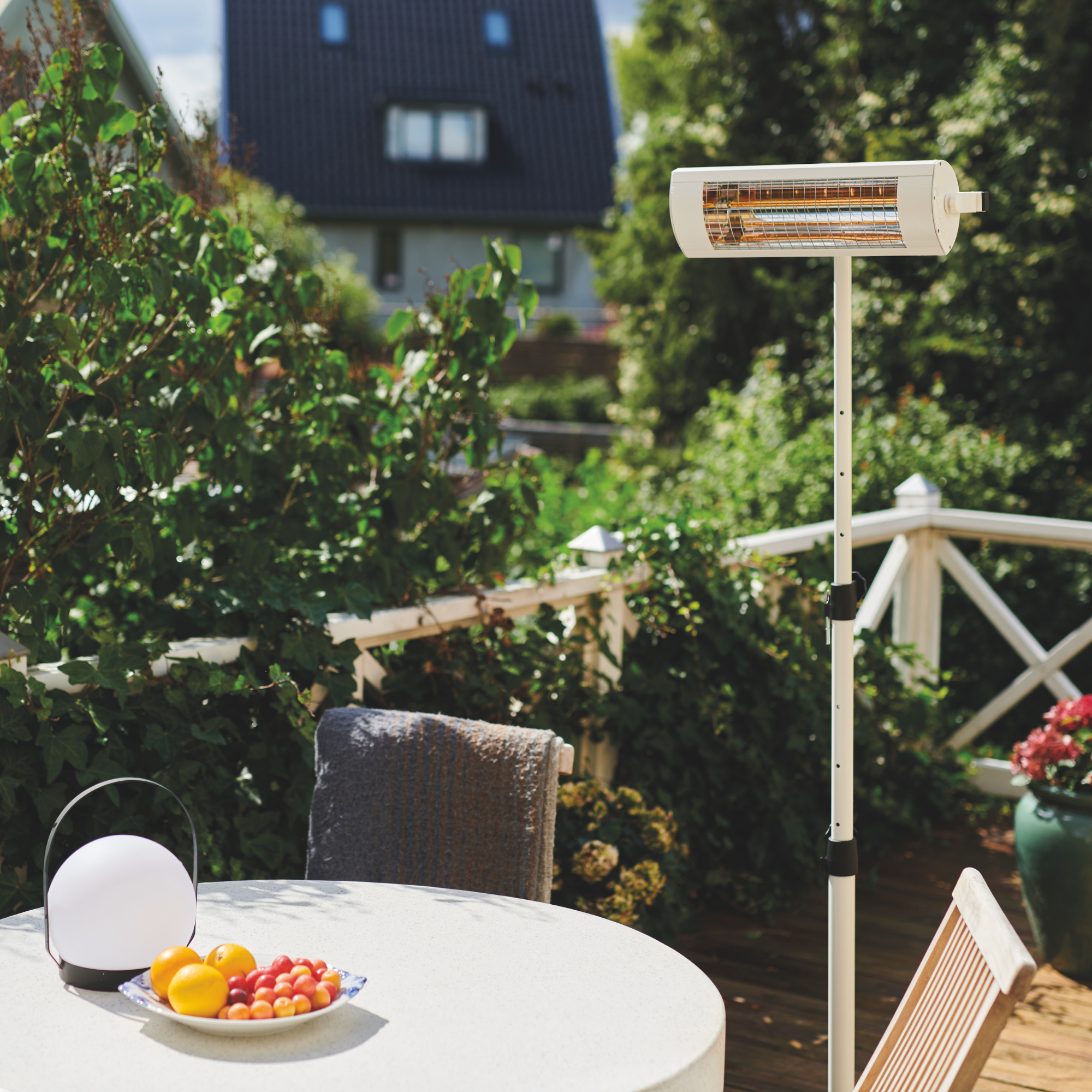
Last on the list of outdated rules to ignore when designing a small patio – thinking it’s just for summer use. Let's face it, British weather is unpredictable, so it makes sense to design your patio space with spring and autumn in mind too, says Lee Tretheway.
'For example, installing a retractable awning, or having a waterproof sail cover you can put up when needed. You could also invest in patio heating, and throw a couple of blankets on seating to keep cosy.
'Realistically, if you’re only designing it with summer in mind, you’re missing out on so much potential, even here in the UK,' believes Lee.
FAQS
What is the golden rule when designing a patio?
Avoid making a common patio mistake as experts advise on this golden rule – think about how you intend to use the space before anything else.
'It sounds obvious, but it’s amazing how many people start with the aesthetics rather than the function,' says Lee.
'In general, if you try to do too much in one small space and don't think about how you actually want to use it, you’ll end up using it less or not at all.'
Danielle Le Vaillant, from Cox & Cox, echoes this; 'Rather than looking at rules, look at what you want from the space and how you want it to blend or stand out from the rest of your home.
'Are you looking for a space that flows seamlessly from the back door, or are you looking to create a special oasis away from the house? If this is your main entertaining space, consider space for the barbecue and firepit as well as outdoor dining furniture.'
Do you need building regs for a patio?
Generally, you shouldn't need building regulations if you are laying a simple, ground-level patio.
You will need to bear a couple of things in mind, though, says Lee. 'For example, if you're covering a large area, you'll need to make sure that rainwater can drain properly. Opt for permeable slabs, gravel, or a soakaway to ensure this.'
'You should also make sure that you're building a patio and not a platform or a balcony, as these things might need permission. If your patio is raised over a certain height, it might be classed as one and then need permission,' Lee advises.
The other exception is if you live in a listed building or a conservation area; you might need to apply for permission, warns Ben from RAC Ceramics.
'It’s always worth double-checking with your local council if you’re not 100% sure whether you need to apply for building regs.'
There you have it – a list of outdated rules to ignore when designing a small patio. The only rule that applies is making the space work for you!
Get the Ideal Home Newsletter
Sign up to our newsletter for style and decor inspiration, house makeovers, project advice and more.
You must confirm your public display name before commenting
Please logout and then login again, you will then be prompted to enter your display name.
-
 Who is responsible for repairing a party wall?
Who is responsible for repairing a party wall?How to find out who should be organising and paying for the work
By Natasha Brinsmead
-
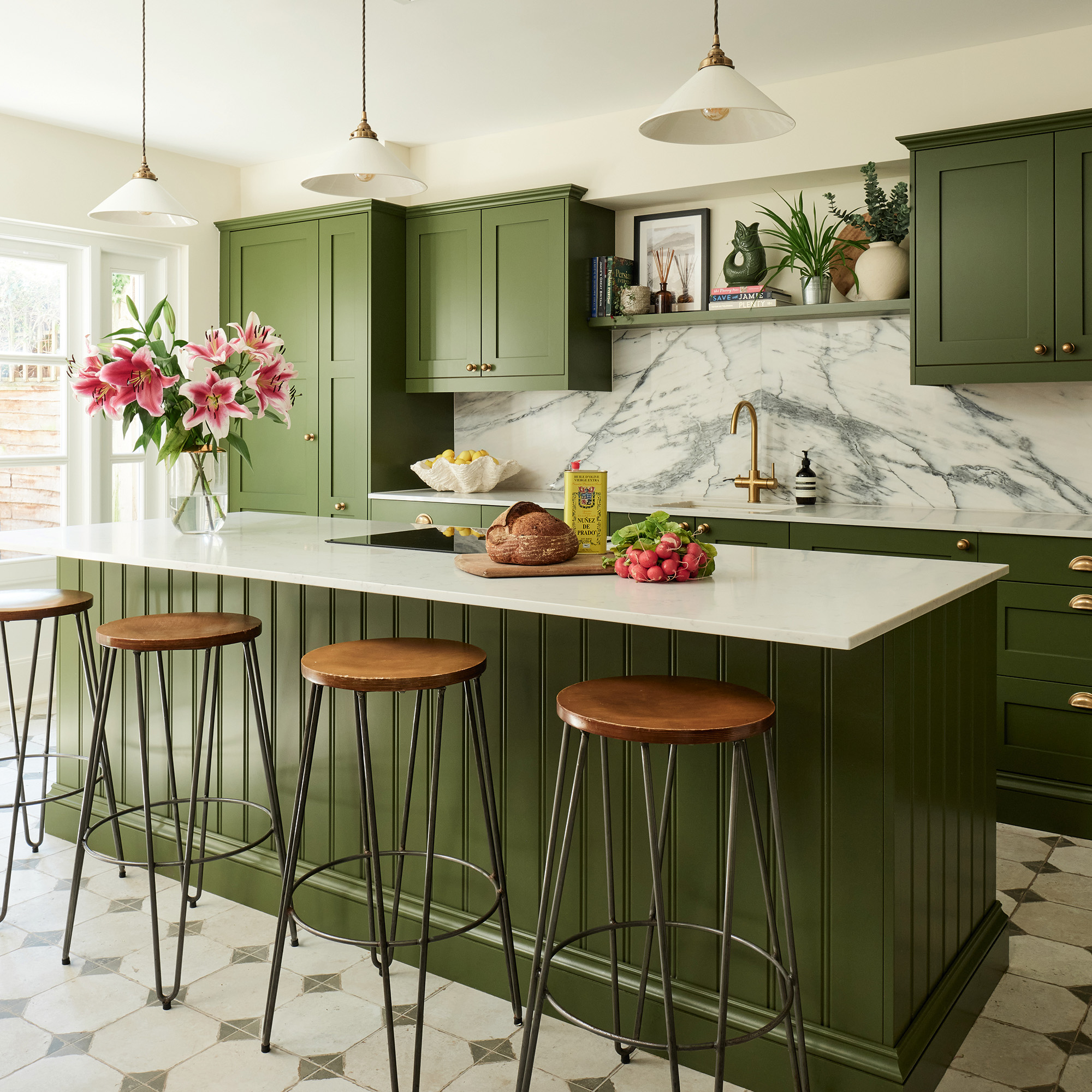 Overcoming limited space and doing away with an awkward layout, this couple created a family kitchen filled with elegant touches
Overcoming limited space and doing away with an awkward layout, this couple created a family kitchen filled with elegant touchesThe symmetrical layout is full of luxurious details
By Holly Reaney
-
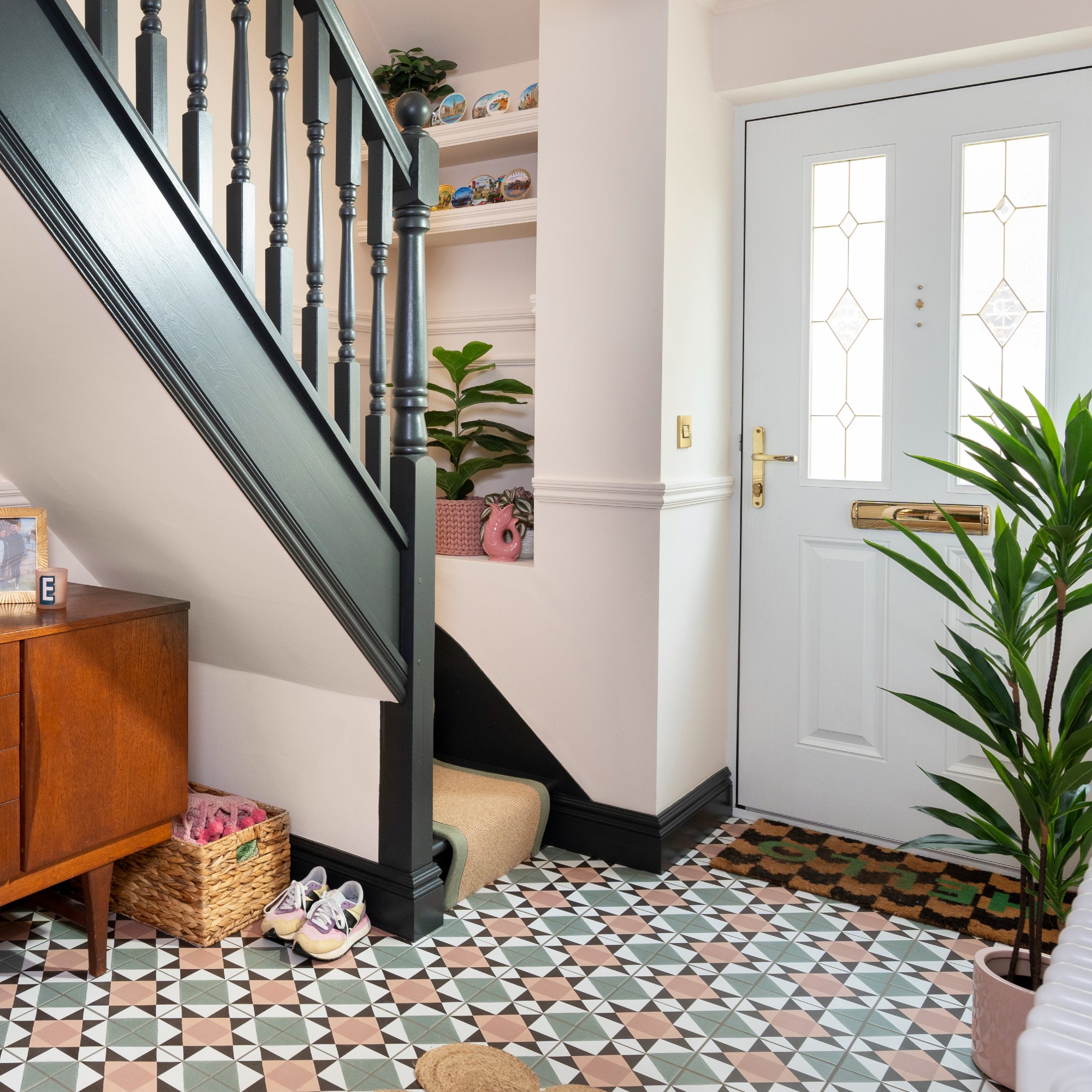 Should your doormat go inside or outside the front door? According to experts I've been getting it wrong for years
Should your doormat go inside or outside the front door? According to experts I've been getting it wrong for yearsExperts reveal the best spot for a a doormat based on your preferences and where you live
By Sara Hesikova